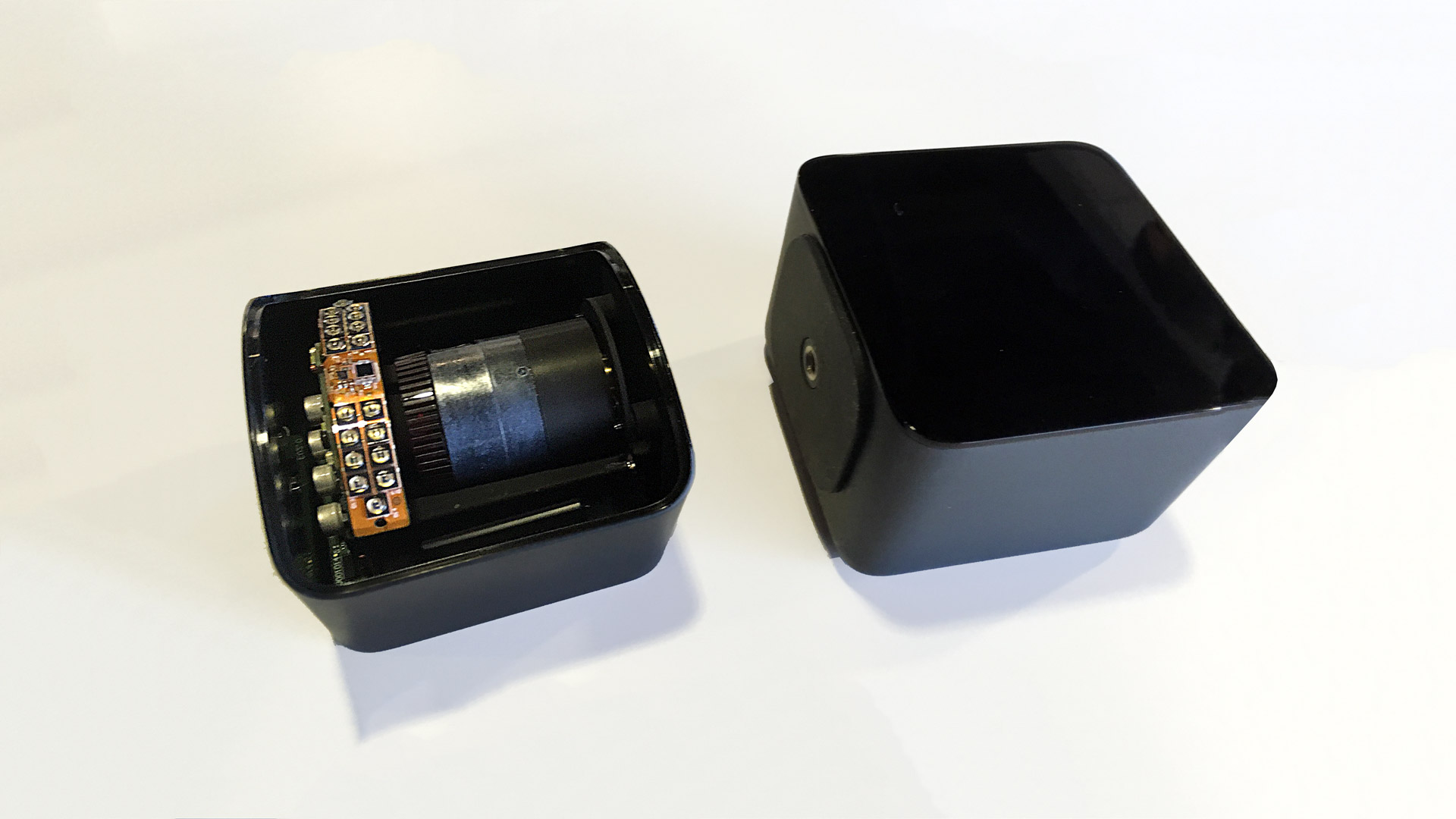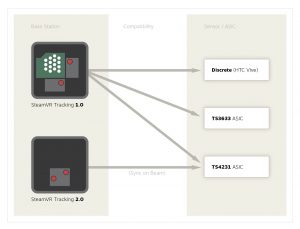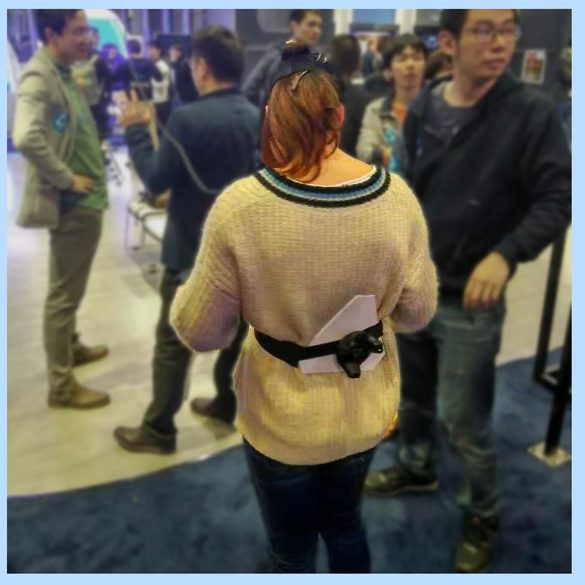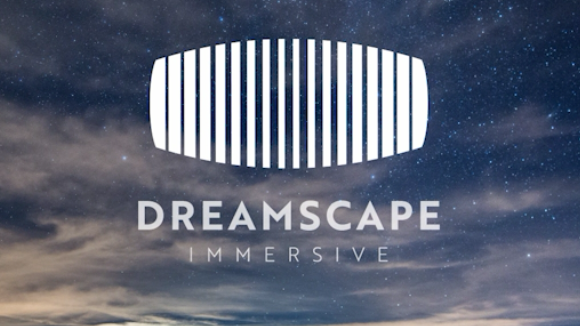There are two bits of information out there giving some direction of where HTC and Steam will be taking with the Vive.
In fact, I know this may be too early guessing, maybe the next generation of HMD coming from this collaboration won’t even be called the ‘Vive‘ any longer. What are your thoughts?
On first order, the engineers at SteamVR reminded all future developers to start ordering their new, STeamVR 2.0, base stations. The new base stations will not be compatible with the old HMDs. These new base stations will only be compatible with the new TS4231 sensors. Good for backwards compatibility, these new sensors will still respond with the old lighthouse base stations. These new base stations will be cheaper, have no moving parts and will not have sync issues. Steam is asking manufacturers to start making orders now. The manufactures must buy them in bulks of 45 at $60 a piece and supply no packaging and no mounting equipment. The retail price of the new base stations will probably be more expensive than $60 but we’ll just have to wait for the MSRP in 2018.
What is really exciting about these new bases is that they will soon be able to support up to four base stations working in conjunction with each other, covering volumes of up to 10 cubic meters. That is really big! In fact it is so big that that should be a sufficient enough space to implement redirected walking seamlessly without resetting. Of course there would be caveats in the environment to compensate for the limited space. However with a 10mX10m space you should only have to worry about a reset ever 13m which is still quite a large distance! This is super exciting and more information as things continue to develop.
The next bit of information invites even more room for conjecture. HTC has just applied for a New Zealand patent for a new HMD called the HTC Eclipse. The HTC Focus was thought to be the new, wireless mobile headset to be compatible with the new Windows 10 VR suite. The new HTC Eclipse has these particular tags: head mounted display for computer simulated reality, motion tracking sensors, handheld computer simulated reality controllers. ” Is this an indication of the next generation of VR? Time will only tell. However, the simultaneous release of the next generation of tracking and this new HMD may be more than coincidence.




